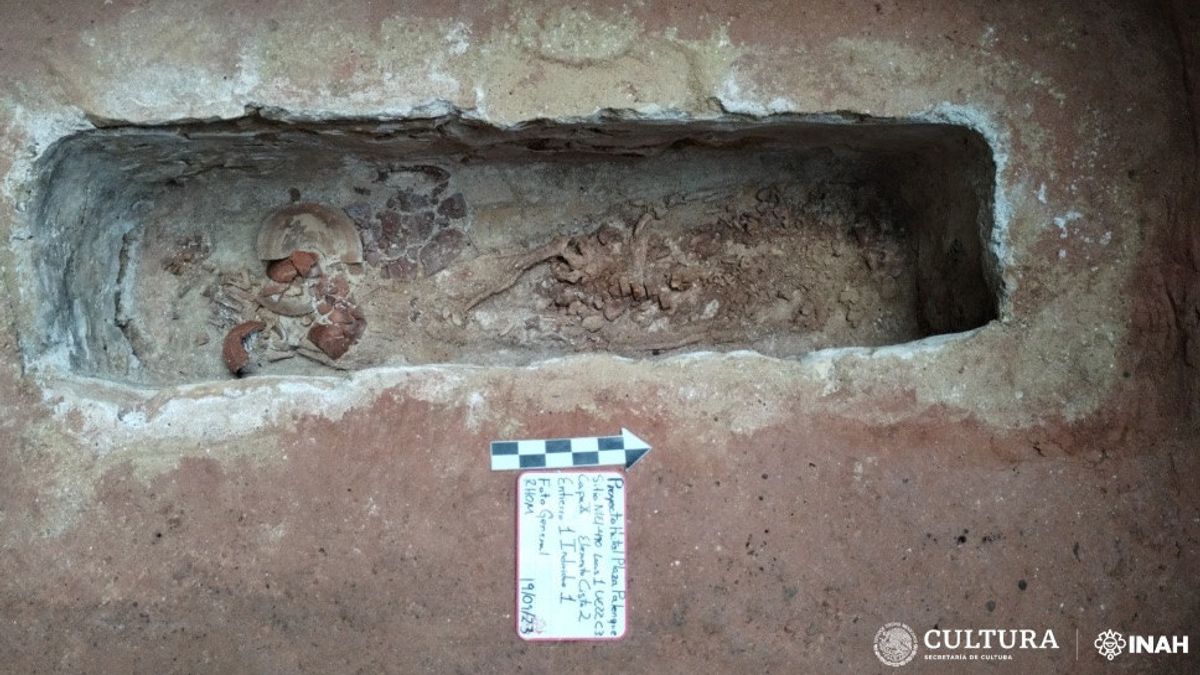JAKARTA - Mexican archaeologists found a human body beautifully decorated in a cemetery that may be over 1,000 years old, in an area where workers are completing the construction of a major tourist rail project, the national antiques agency INAH said.
The discovery took place last September, during an archaeological rescue work in conjunction with the construction of a billion-dollar tourist train in southern Mexico, designed to attract tourists to many ancient Maya sites in the region, as well as nearby famous beach resorts such as Cancun and Tulum.
The rail project, known as the Maya Train, is a top priority for the economic development of President Andres Manuel Lopez Obrador, as reported by Reuters on October 25.
The project employs a team of archaeologists with relatively large funds rushing to complete excavations so construction work is not delayed. Expenditures elsewhere in the country are experiencing budget cuts.
The discovery of the latest burial occurred during the construction of a hotel near the main ruins of the Palenque Maya in the state of Chiapas, which was once home to one of the largest and most advanced city centers in ancient civilizations.
The remains of the skeleton were found about 2 kilometers (1.2 miles) from the city center, home to towering temples and a large palace complex, in a stone box. Most likely they were in contact with the elite urban resident, known by the ancient Mayans as Lakamha'.
The box also contains three ceramic vessels, ear coverings and a pair of green stone beads.
INAH also noted that the individual was buried facing up, his head facing the north, adding that further research was needed to determine the exact age of the individual and other characteristics.
اقرأ أيضا:
It is known, experts praised the ancient Mayan nation with great human achievements in the arts, architecture, astronomy and writing.
Palenque, like dozens of other ancient cities spread around southern Mexico and parts of Central America, thrived around the 300-900 AD.
#Entérate | Descubren un entierro humano con ofrenda durante el salvamento arqueológico en la construcción del Hotel Tren Maya, en PalenqueConoce más en nuestro #boletín 👉 https://t.co/3qDsVaAKBP pic.twitter.com/PPKKhW4rEq
— INAH (@INAHmx) September 26, 2023
#Entérate | Descubren un entierro humano con ofrenda durante el salvamento arqueológico en la construcción del Hotel Tren Maya, en PalenqueConoce más en nuestro #boletín 👉 https://t.co/3qDsVaAKBP pic.twitter.com/PPKKhW4rEq
The English, Chinese, Japanese, Arabic, and French versions are automatically generated by the AI. So there may still be inaccuracies in translating, please always see Indonesian as our main language. (system supported by DigitalSiber.id)


















